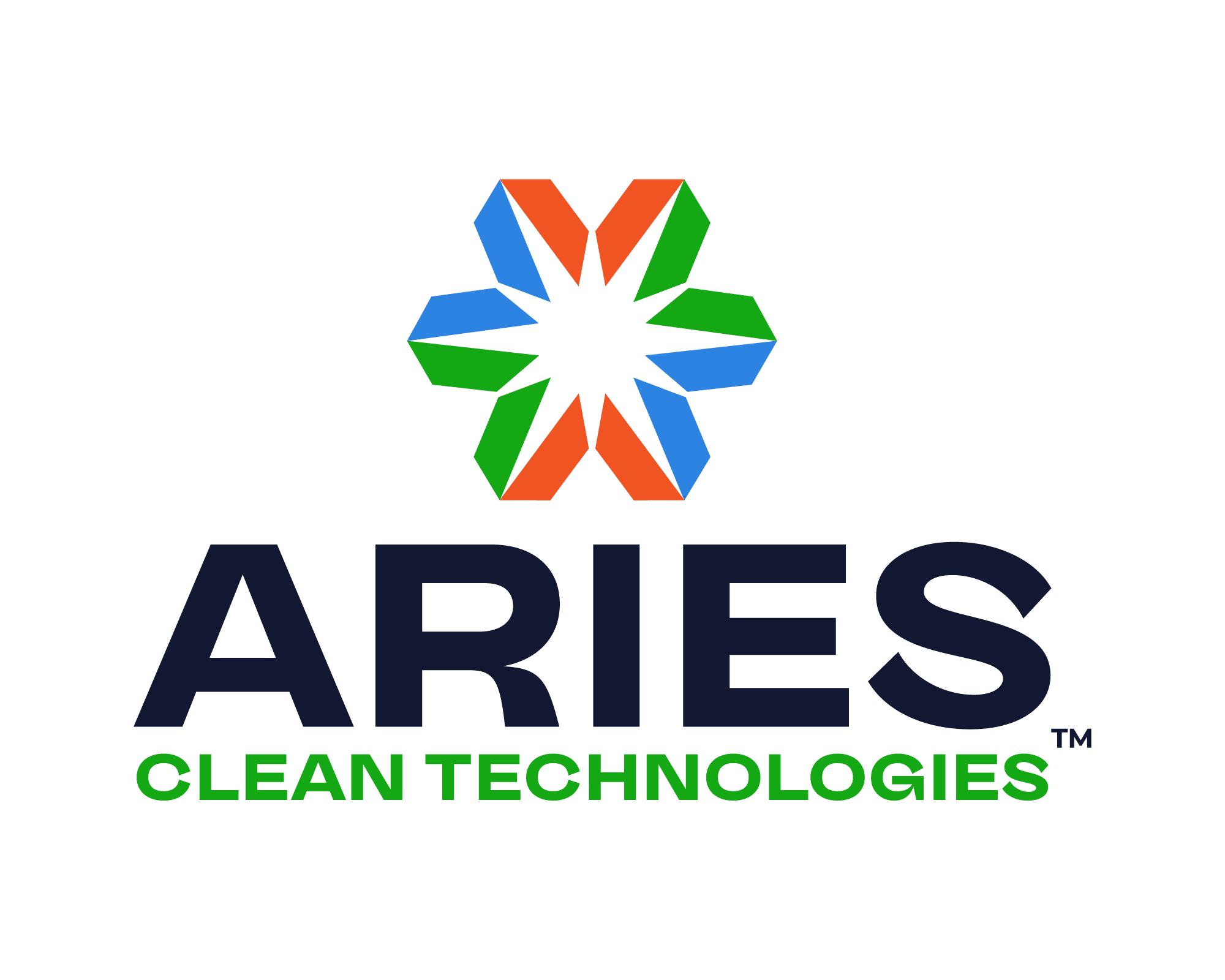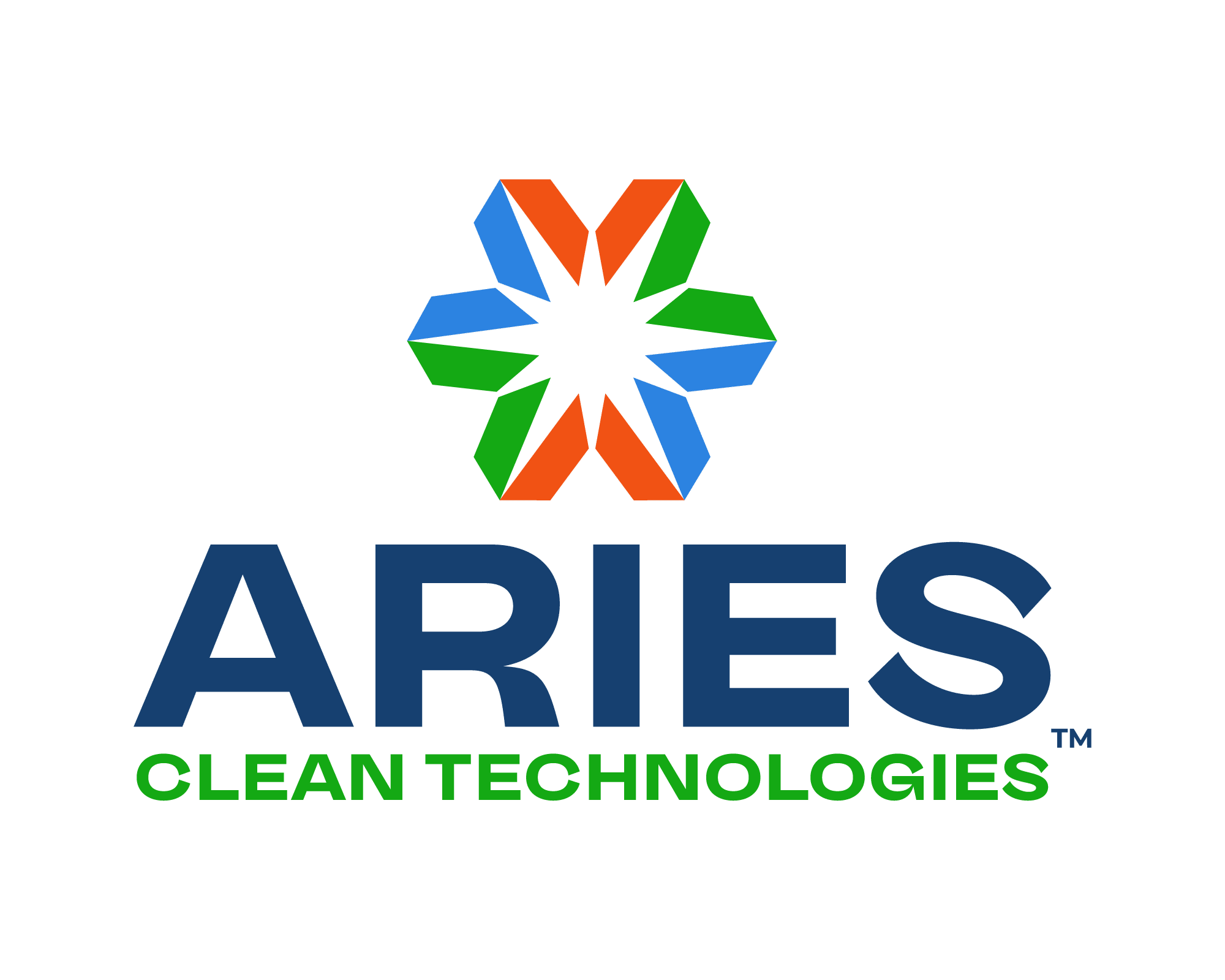Fluidized Bed Gasification: A Smarter Solution for Biosolids Management
Ever wondered what happens after you flush? It doesn’t just disappear—it becomes biosolids, a byproduct of wastewater treatment. Traditional disposal methods have limitations, but Aries Clean Technologies is pioneering a better way with our patented fluidized bed gasification technology.
How It Works:
1. Biosolids arrive at our enclosed facility, where odors are contained with negative air pressure.
2. Energy-efficient dryers prepare the material for gasification.
3. Our patented gasification system transforms biosolids into renewable energy and valuable byproducts in an oxygen-starved environment.
4. A closed-loop process captures and recycles heat, reducing waste and maximizing energy efficiency.
Our technology doesn’t just convert biosolids—it destroys harmful chemicals like PFAS, significantly reduces greenhouse gas emissions, and helps municipalities create healthier, more sustainable communities.
See How It Works In Our Latest Video:



